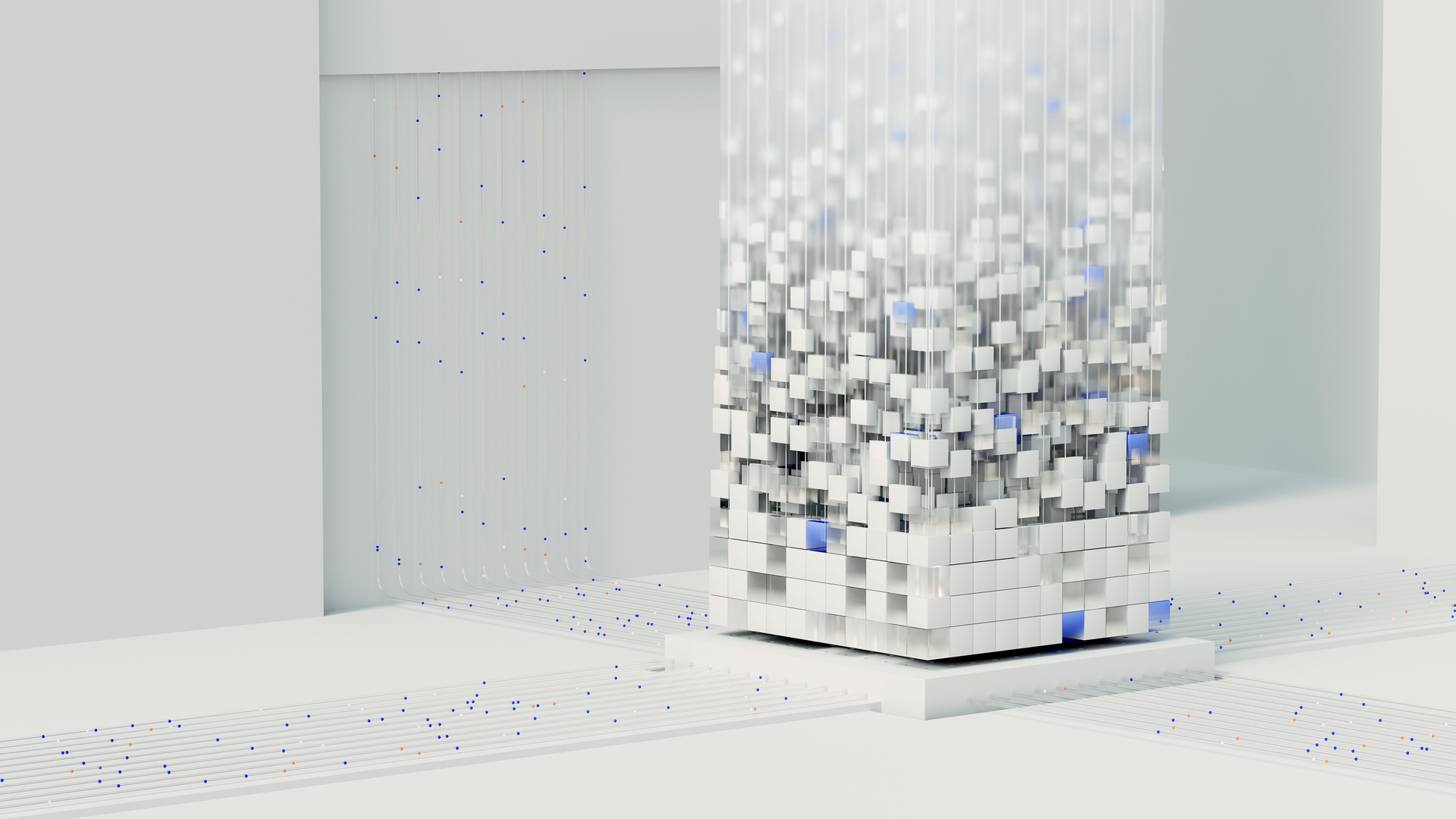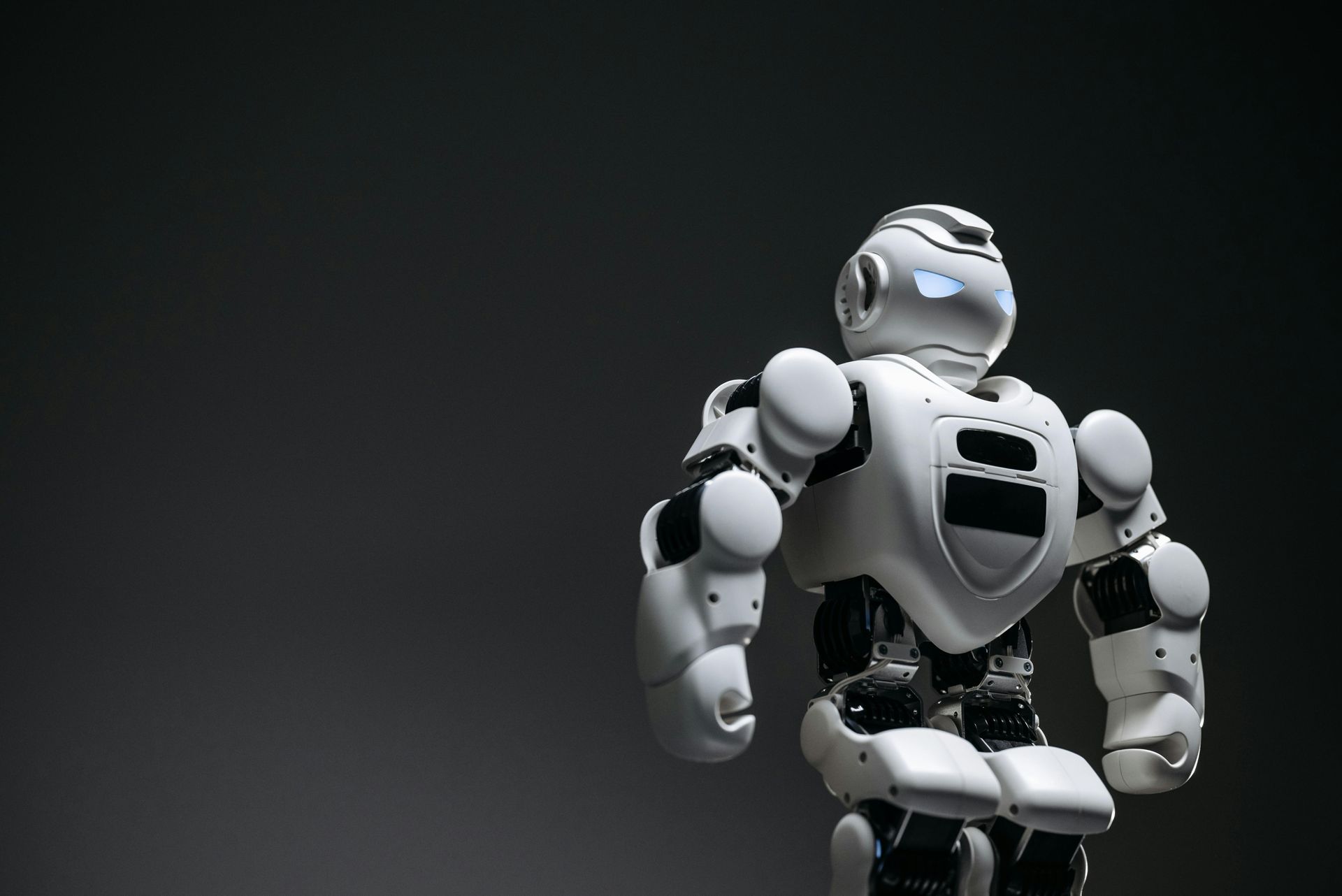AI vs. Algorithms: Why Modern Robots Learn from Their Mistakes
This is a subtitle for your new post

Of course. Here is a detailed article on machine vision, following the style and structure of the previous ones.
---
**Article Title: Beyond the Lens: How Machine Vision is Evolving from 2D Sight to 3D Understanding**
**Meta Description:** Machine vision is no longer just about recognizing patterns. Discover how the fusion of AI, 3D sensing, and neuromorphic engineering is granting robots a human-like grasp of their environment.
**Category:** AI & Machine Vision | Robotics Technology | Innovation
![A split image: on the left, a traditional 2D pixelated view of a factory line; on the right, a rich, depth-mapped 3D point cloud of the same scene.]
*The evolution from flat 2D analysis to rich 3D perception is the cornerstone of next-generation machine vision. (Credit: Robotex Archive)*
For years, the term "machine vision" conjured images of cameras inspecting soda bottles on a high-speed conveyor belt. It was effective, but limited. It saw the world in two dimensions—a flat landscape of pixels and patterns. If the lighting changed or the object was obscured, the system faltered.
Today, we are witnessing a paradigm shift. The goal is no longer mere sight, but **perception**. The next generation of machine vision systems is being engineered to comprehend the world in three dimensions, with context and intuition, much like the human brain. This isn't just an upgrade; it's a revolution that unlocks a new era of robotic autonomy.
### The Leap from 2D to 3D: A New Dimension of Data
Traditional 2D vision was powerful but brittle. It struggled with:
* **Varying Lighting Conditions:** Shadows or glare could render a perfect product "defective."
* ** Lack of Depth:** It couldn't measure volume or accurately gauge distances for precise manipulation.
* **Occlusion:** If a part of the object was hidden, the system was often fooled.
The shift to 3D perception solves these core problems. Technologies like **stereo vision, structured light, and time-of-flight (ToF) sensors** allow robots to generate a dense point cloud of their environment—a digital map where every point has X, Y, and Z coordinates. This depth information is fundamental for a robot to interact with the physical world.
### The Core Technologies Building the "Robotic Visual Cortex"
This leap is powered by the convergence of several key technologies:
**1. Advanced Neural Architectures: From CNNs to Transformers**
While Convolutional Neural Networks (CNNs) remain crucial for feature extraction, **Vision Transformers (ViTs)** are changing the game. By processing an image as a series of patches and analyzing the relationships between them, ViTs enable a system to understand context. For a robot, this means it doesn't just see "a hand" and "a tool"; it understands "a hand is reaching for a tool," allowing it to predict intent and collaborate safely.
**2. Event-Based Vision: The End of the "Blind" Frame**
Traditional cameras capture frames at a fixed rate, creating a stream of redundant data. **Event-based cameras**, inspired by the human retina, are asynchronous. Each pixel independently reports only changes in brightness (an "event"). This provides:
* **Extreme Speed:** Latency is measured in microseconds, allowing robots to track fast-moving objects without motion blur.
* **High Dynamic Range:** They can operate seamlessly in scenes with both bright highlights and deep shadows.
* **Radical Efficiency:** By processing only what changes, they save vast amounts of computational power.
**3. Sensor Fusion: Creating a Cohesive Picture**
No single sensor is perfect. The true magic happens in **sensor fusion**. By combining data from 2D cameras, 3D depth sensors, LiDAR, and event-based cameras, the system creates a robust and comprehensive world model. It's the difference between seeing with one eye (2D) and having depth perception with two eyes (3D), enhanced with a superhuman sense of motion.
### Real-World Applications: From Labs to Life
This evolved vision is already transforming industries:
* **Advanced Bin Picking:** Robots can now identify and grasp randomly oriented, complex parts from a cluttered bin, understanding their 3D orientation and the best grip point to avoid collisions.
* **Autonomous Logistics:** In a warehouse, an AMR can now navigate a dynamic environment filled with people and other vehicles, not just by detecting obstacles, but by predicting their trajectories and planning a smooth, efficient path.
* **Precision Agriculture:** Robots can perform "see-and-spray" weeding, using 3D vision and AI to distinguish between crops and weeds, applying herbicide only where needed, reducing chemical use by over 90%.
### The Challenges Ahead
Despite the progress, the path to truly human-like vision is fraught with challenges:
* **The Common Sense Gap:** A system might identify a chair but not understand that it's fragile, can be sat on, or is blocking a path. Bridging this semantic understanding is a key research focus.
* **Data and Computation:** Training these models requires massive, annotated datasets and significant computational resources, making them expensive to develop and deploy.
* **Adversarial Vulnerabilities:** These systems can be fooled by subtly altered inputs, a major concern for security and safety-critical applications.
### Conclusion: A Future of Seamless Collaboration
The evolution of machine vision is not about building systems that see more pixels than humans. It's about building systems that understand spatial relationships, predict physical interactions, and operate robustly in our complex, unstructured world.
This progress is the bedrock of true human-robot collaboration. When a robot can perceive a worker's gesture, understand the intent behind a movement, and anticipate a need, we move from programmed automation to adaptive partnership. The machine is no longer just seeing; it is beginning to understand.
---
**Want to dive deeper into the technologies shaping the future of automation? Subscribe to the Robotex Blog newsletter for exclusive insights and analysis.**


